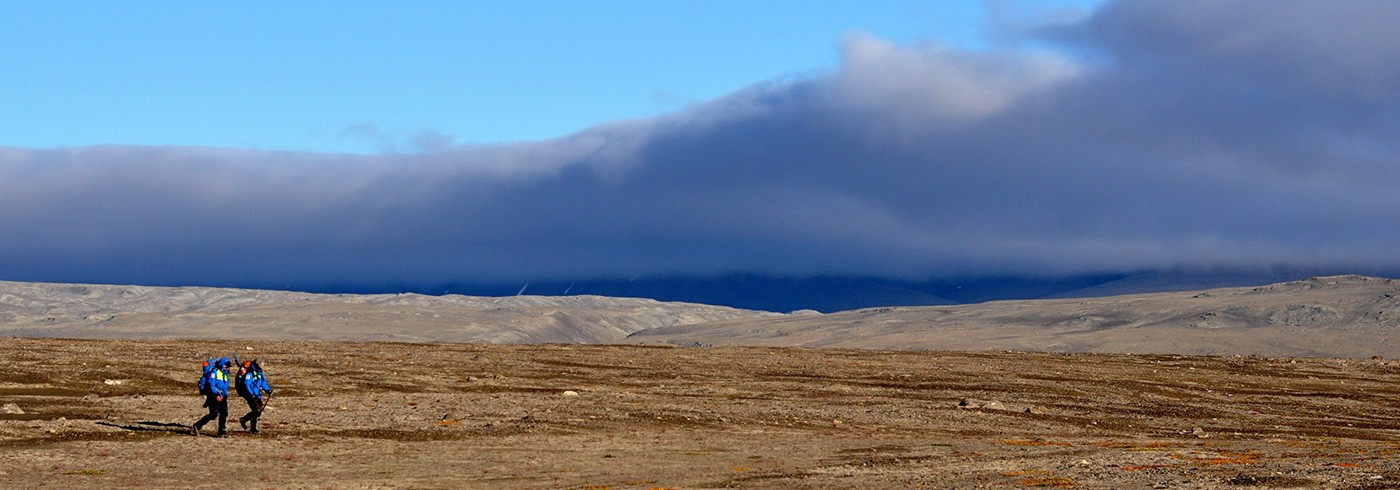Ecological consequences for Arctic species communities
27 July 2015 - 2 September 2015Arctic environments are characterised by a harsh climate, low human population densities and by hosting relatively simple ecosystems. Alterations of Arctic ecosystems may have large effects on humanity, as these ecosystems provide important services on local and global scales. Because of their relative simplicity, Arctic ecosystems are also ideal model systems for evaluating the often complicated ecological effects of environmental disturbances such as global warming. We expect that current global warming will drive a northward expansion of more competitive warm-adapted species. Such a process means that Arctic species may eventually be marginalised to Arctic islands, as they may have been during previous warming events. Therefore, this long-term research programme aims to evaluate the potential ecological consequences of a climate-driven loss of connectivity among Arctic species communities.
By collecting faecal, bone, feather and hair samples on structured pre-identified sample transects as well as recording opportunistic observations of birds and mammals, we got data on present and past ecological communities from three places: Hall Land and Washington Land on Greenland, and Judge Daly Promontory on Ellesmere Island, Canada. These three sites allowed us also to explore the effects of small-scale isolation between plant and animal populations.
The sites showed differences both in terms of plant and animal communities. These differences appeared to be driven primarily by the relative occurrences of different species and not by unique species communities on each site. Our future analysis will aim at further characterising these differences to better understand what consequences they have for different components of biodiversity and how they may influence the provisioning of Arctic ecosystem services.







